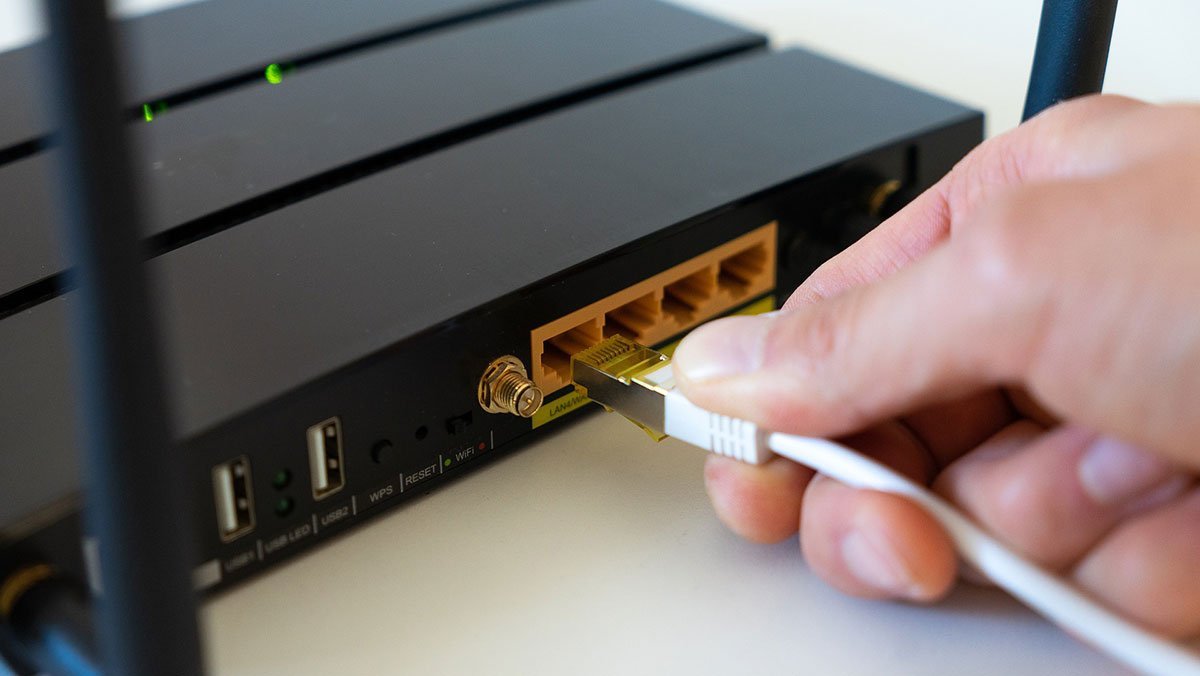Common Vulnerability and Exposures (CVEs) are widely used to identify and track security vulnerabilities in various types of software and hardware, including smart TVs like Sony Bravia. One such vulnerability, which affects multiple models of Sony Bravia TVs, is CVE-2018-16986.
Example of a vulnerability: CVE-2018-16986 is a cross-site scripting (XSS) vulnerability that could have allowed an attacker to inject malicious code into a web page viewed by a user of a vulnerable Sony Bravia TV. Cross-site scripting is a type of security vulnerability that occurs when an attacker injects malicious code into a web page viewed by a user. This code is executed on the user’s device, potentially compromising their system and allowing the attacker to carry out malicious activities.
In the case of CVE-2018-16986, the vulnerability arose due to a lack of proper input validation in the web browser component of the Sony Bravia TV. An attacker could have leveraged this vulnerability to inject malicious code into a web page viewed by a user, potentially compromising the system and executing arbitrary code.
Exploitation: The exploitation of this vulnerability was possible through a malicious website or a phishing email that could have directed a user to a malicious website. Once the user visited the malicious website, the attacker’s code would have been executed on the user’s TV, potentially compromising their system and allowing the attacker to carry out malicious activities such as stealing sensitive information or compromising the target system.
To mitigate the risk of exploitation, it is crucial to follow safe browsing practices, such as avoiding visiting unknown or untrusted websites, and keeping software up-to-date. Sony released a patch for CVE-2018-16986 in 2018, addressing the underlying issue by properly validating user input and preventing the injection of malicious code. As a result, users who have updated to the latest firmware version for their Sony Bravia TV are no longer vulnerable to this particular CVE.
In conclusion, CVE-2018-16986 was a cross-site scripting vulnerability that affected multiple models of Sony Bravia TVs. The exploitation of this vulnerability could have allowed an attacker to inject malicious code into a web page viewed by a user, potentially compromising their system and executing arbitrary code. However, the vulnerability was addressed by Sony with a patch, and users who have updated to the latest firmware version for their Sony Bravia TV are no longer at risk from this particular CVE. It is important to remember that all smart devices, including smart TVs, are vulnerable to security threats and exploits, and it is essential to follow best practices for cybersecurity and keep software up-to-date to reduce the risk of vulnerabilities and exploits.





